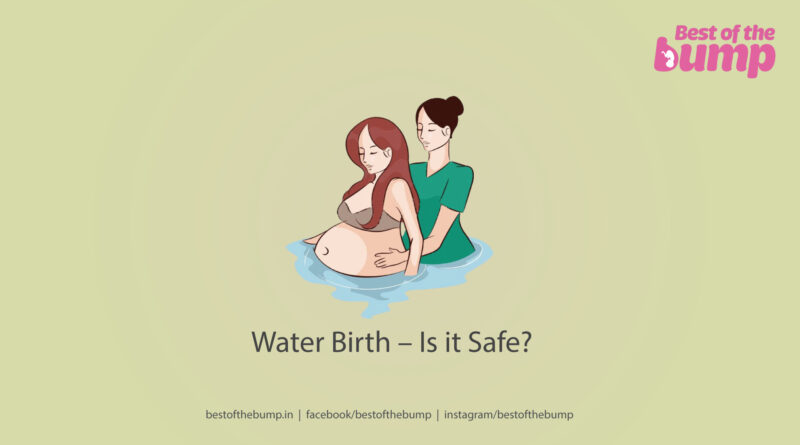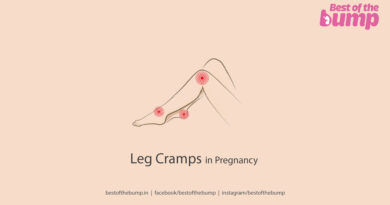Water Birth – Is it Safe?
Water birth, a gentle approach to childbirth, has gained popularity in several countries for its soothing qualities and potential benefits. Immersing in warm water during labor and delivery is believed to reduce the need for pain medication and minimize vaginal trauma, offering a natural and comforting experience for expecting mothers. While water birth has been widely practiced in European countries, Australia, and New Zealand, it hasn’t gained much popularity in India. This article addresses common concerns and questions surrounding water birth, exploring its safety and potential risks.
The Concept of Water Birth

Water birth involves giving birth in a birthing tub or pool filled with warm water. The idea is to allow the mother to relax and find comfort in the water, as well as provide a gentle transition for the baby from the amniotic sac’s fluid environment to the warm water of the tub. The concept of water birth is not entirely new, as it has been embraced in various cultures throughout history. However, its resurgence in modern times has led to both support and skepticism within the medical community.
Addressing Common Concerns
What happens if my water breaks in the tub?
One of the concerns often raised about water birth is the possibility of the mother’s water breaking while in the birthing tub. Rest assured, amniotic fluid is sterile, so there is no need to change the water if the water breaks during labor. The risk of infection associated with water birth is not higher compared to other birthing settings.
What if I have a bowel movement during labor or delivery?
Another common fear shared by many women is the possibility of having a bowel movement during labor or delivery. In a water birth, if the mother happens to have a bowel movement while pushing, it can easily be removed with a small fish net. This occurrence is not uncommon and should not be a major concern.
Is it risky for the baby to be underwater after birth?
One significant concern regarding water birth is the safety of the baby being underwater after birth. Babies have a natural dive reflex that allows them to block their throats when submerged in water. However, there is still a small risk that the baby may inhale some fluid from the tub, which can lead to near-drowning incidents associated with water birth. It is essential to monitor the baby closely and ensure a skilled birth attendant is present to address any potential complications.
Considering Healthcare Provider Support
Not all healthcare providers fully support water birth. Some medical professionals view water birth as a safe and effective birthing option, while others have reservations and concerns about potential risks. It is not uncommon to encounter situations where the mother’s primary provider advocates for water birth, while the baby’s doctor holds a different opinion. It highlights the importance of thorough communication between the expectant mother and her healthcare team to make an informed decision about the birthing method that aligns with her preferences and ensures the well-being of both the mother and the baby.
Exploring Water Birth Options

For expecting mothers intrigued by water birth, it is essential to take the time to educate themselves about the process and potential risks. Several steps can be taken to familiarize oneself with water birth:
Research birth centers or hospitals
Explore whether the chosen birth center or hospital offers water birth as an option. Not all healthcare facilities may have the necessary facilities or staff trained in water birth, so it’s crucial to check beforehand.
Watch videos of water births
Online videos of water births can provide valuable insights into the birthing process and help the expectant mother understand what to expect during a water birth.
Seek support and differing viewpoints
Delve into websites and forums that offer support for water birth and those presenting opposing viewpoints. It’s essential to have a well-rounded understanding of both the benefits and potential risks associated with water birth.
Water birth is a gentle and appealing approach to childbirth for many expectant mothers. While it has been widely practiced in some regions, it may not be as prevalent in others.
Addressing common concerns, such as the mother’s water breaking in the tub or having a bowel movement during labor, can help alleviate fears and uncertainties surrounding water birth. It is crucial for expecting mothers to make informed decisions about water birth, considering healthcare provider support and seeking education and support from reputable sources. Ultimately, water birth can be a safe and satisfying birthing option for those who choose it, but careful planning and communication with the healthcare team are essential to ensure a positive and safe experience for both the mother and the baby.
See this also.




